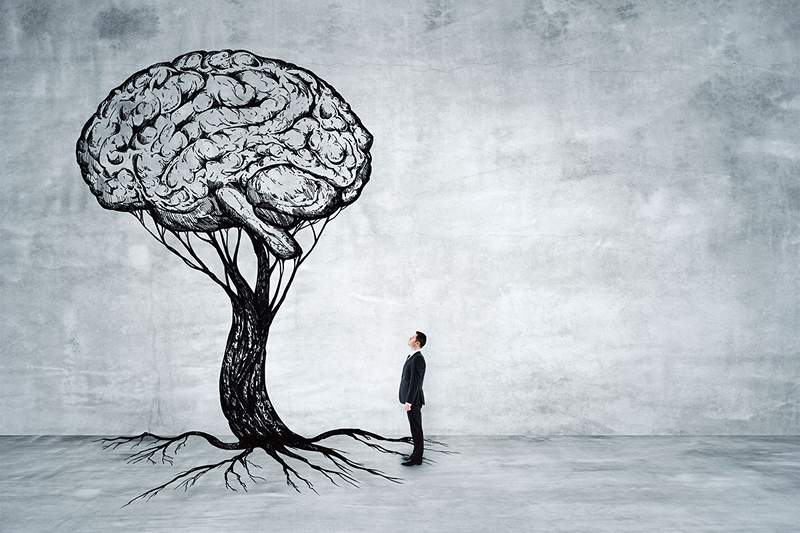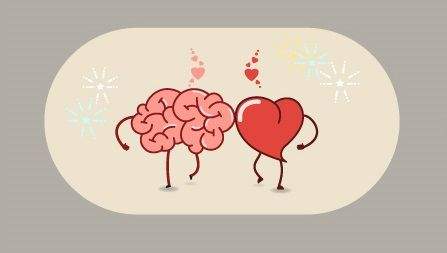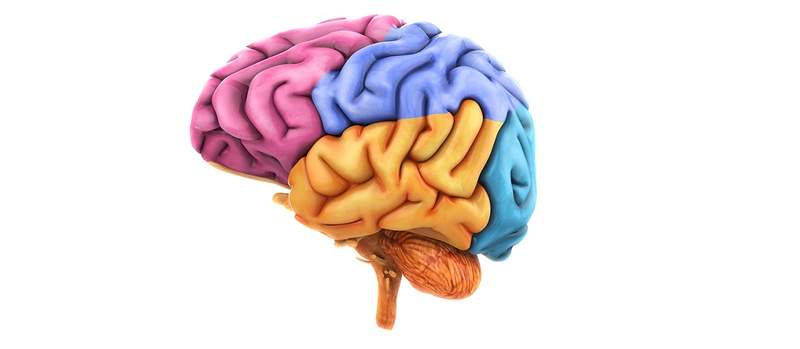The three reptilian, limbic and neocortex brains

- 4583
- 731
- Jeffery Jones
All human beings have a brain, it is a physical organ, but in turn it is composed of three distinct parts.
Many times We are not aware of how we act, we think and feel in a certain way, There is a lot of information in our brain, we know that our brain is the maximum computer we have, can store and continue to store information, in it we have neuronal cells.
Our central nervous system includes three brains, in order, according to our evolutionary age, these are: the reptilian brain, limbic and neocortex.
Content
Toggle- 1. Reptilian brain
- 2. The limbic brain
- 3. The Neocortex
- References
1. Reptilian brain
The reptilian brain contains the oldest part of our brain And it is believed that it was developed about five hundred million years ago, it is present in reptiles, which are animal species with less brain development. This structure would limit themselves to making them appear Simple and impulsive behaviors, similar to rituals that are always repeated in the same way, depending on the physiological states of the organism: fear, hunger, anger, etc. It can be understood as a part of the nervous system that is limited to execute genetically scheduled codes When appropriate conditions are given.
This brain is the oldest, therefore it is the simplest and most basic. It is he, who decides whether or not to pay attention to anything or situation. The reason? Reject the complex, difficult or risky, prefers to think of the simple, clear and direct. As his name says, follow the basic instincts such as love, sex, food or pleasure. He is also selfish and prefers to talk to you or you.
How to get to the instinctive brain? As we have mentioned on other occasions, the first impression is very important. Let's avoid any element that may generate rejection and seek what I may please. In the field of communication, it will be to meet our audience or target. Do not forget be direct, simple and appeal to the most instinctive.
2. The limbic brain
The useful of the limbic brain has to do with learning. If a behavior produces pleasant emotions, we will tend to repeat it or try to change our environment so that it occurs again, while if it produces pain we will remember that experience and avoid having to experience it again.
The key element of the limbic system was the hippocampus, which was illustrated in the form of a seahorse. It was believed that he received information previously from the outside world (through sight, smell, ear, touch and taste) as well as the internal or visceral environment.

The integration of internal and external sensations was considered the basis of emotional experience. The hippocampus pyramid cells formed the emotional keyboard.
Human beings have, the mind that thinks (the rational brain) and the mind it feels (the emotional brain). In normal circumstances these two facets of our personality are in balance and coordinated one with respect to the other. The emotional mind is much faster than the rational mind, it is activated quickly without stopping to analyze the consequences of an action, it follows an associative logic and a categorical thinking. The rational mind, on the other hand, establishes relationships between causes and effects, and as it relies on objective evidence, can re-evaluate a specific situation and change a previous conclusion. Anatomically, the part of the brain that manages the emotional mind is the limbic system.
The limbic system is the part of the brain specialized in the management of emotions, learning and memory. It is made up of the cerebral tonsil, the hippocampus, the parahypocámpic circumvolution, the circumvolution of the hard body (or Limbic Circunvolution), the Subcallassa area, the Septum Region and the Paraterminal Giro, among other structures. The concept of "limbic system", however, is based more on functional relationships than on anatomical structures.
 The cerebral cortex: morphology, histology and functional location
The cerebral cortex: morphology, histology and functional location 3. The Neocortex
Neocortex is the rational brain. The Neocortex brain is made up of the parts of our brain that They manage abstract intelligence, reasoning, language, memory, etc. This is what determines the standard notion of a person's "intelligence". It is so called by being the most modern evolutionary layer of the brain. Is a fine bark that covers the outer area of the brain and presents a large number of grooves; It has a thickness of about 2 mm and is divided into six layers. This is the layer that provides memories, knowledge, skills and accumulated experience thanks to its 30.000 million neurons.
The Neocortex brain is, without a doubt, the one that most It differentiates us from animals, since only the human being possesses these qualities.
The neocortex or rational brain, which is the one who allows to have awareness and controls emotions, while developing the Cognitive abilities: memorization, concentration, self -reflection, self -motivation, problem solving, ability to choose proper behavior ... It is the conscious part of the person, both physiological and emotional.
Paul Maclean and Triuno brain theory
References
- Bradford, h.F. (1988). Fundamentals of neurochemistry. Barcelona: Labor.
- Carpenter, m.B. (1994). Neuroanatomy. Fundamentals. Buenos Aires: Panamerican Editorial.
- Delgado, j.M.; Ferrús, a.; Mora, f.; Rubia, f.J. (EDS) (1998). Neuroscience Manual. Madrid: Synthesis.
- Maclean, p. (1990). The Triune Brain In Evolution: Role in Paleocerebral Functions. Springer Science & Business Media.
- Maclean, p. (1999). The Triune Brain, Emotion, and Scientific Bias. The Journal of Mind and Behavior, 20 (2), 141-160.
- Herrmann, n., Black, s. AND., Lawrence, j., Szekely, c., Szalai, J. P., Mcilroy, w. AND.,… & Rockwood, K. (2008). The Triune Brain In Alzheimer's Disease: A Pet Study. European Journal of Neurology, 15 (1), 47-54.
- « Galatea effect and its relationship with the pigmalion effect
- Non -violent communication without screaming or threats »

